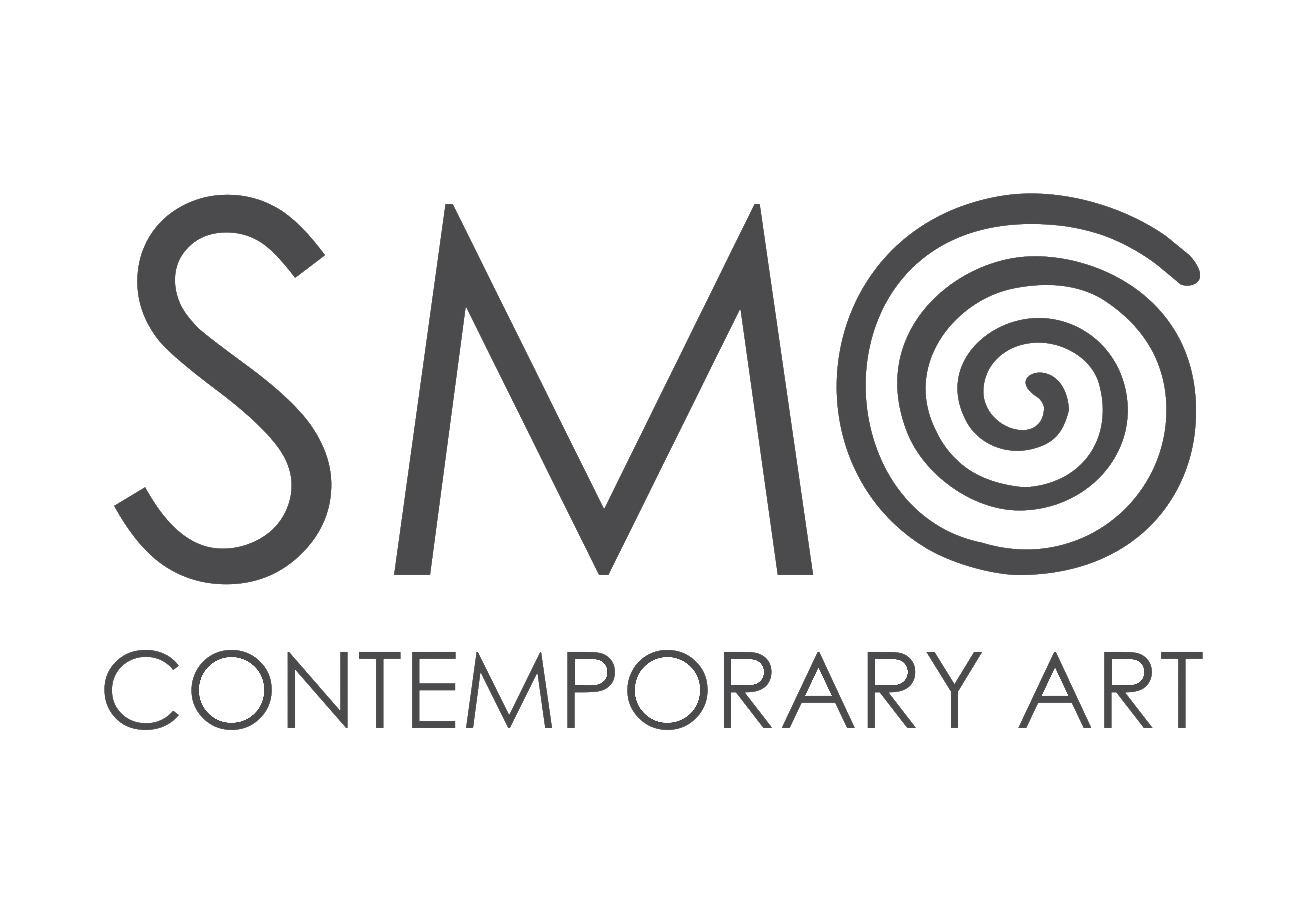-
Adeyinka Akingbade
-
Abiodun Olaku
-
Abraham Uyovbisere
-
Ada Udechukwu
-
Ade Odunfa
-
Ade Ogundimu
-
Ademola Ojo
-
Adeniyi Adewole
-
Kehinde Adewuyi
-
Aimufia Osagie
-
Alex Nwokolo
-
Aluu Prosper
-
Angele Etoundi Essamba
-
Ashiata Shaibu
-
Ayanfe Olarinde
-
Ayoola Gbolahan
-
Ben Ibebe
-
Bernard Kalu
-
Boluwatife Victoria Lawal
-
Bruce Onobrakpeya
-
Bunmi Babatunde
-
Chidi Kwubiri
-
Chika Idu
-
Christopher Samuel Idowu
-
Collins Abinoro
-
The Creatus
-
Data Oruwari
-
David Ibukun Oniyide
-
Deborah Segun
-
Diseye Tantua
-
Djakou Kassi Nathalie
-
Duke Asidere
-
Edosa Oguigo
-
Ejiro Fenegal
-
Emeka Udemba
-
Emenike Ogwo
-
Fidelis Odogwu
-
Florence Poirier-Nkpa
-
Francis Nwajiaku Uche
-
Gary March
-
Gbenga Offo
-
George Edozie
-
Gerald Chukwuma
-
Gerry Nnubia
-
Ibe Ananaba
-
Ify Chiejina
-
Ikenna Obinka
-
Iniobong Usoro
-
Isaac Emokpae
-
Jill Berelowitz
-
Jimmy Nwanne
-
Johnson Eziefula
-
Josh Nmesirionye
-
Kainebi Osahenye
-
Kelani Abass
-
Kelechi Amadi Obi
-
Kelechi Nwaneri
-
Kenny Adewuyi
-
Kevwe Eru
-
Manyaku Mashilo
-
Mike Omoighe
-
Modupeola Fadugba
-
Moufouli Bello
-
Nelson Makamo
-
Nengi Omuku
-
Ngozi Omeje
-
Nnenna Okore
-
Nobert Okpu
-
Nwakuso Edozien
-
Obi Okigbo
-
Odia Odibo
-
Olawunmi Banjo
-
Olisa Nwadiogbu
-
Oliver Enwonwu
-
Olumide Onadipe
-
Oluwamuyiwa Logo
-
Omoregie Osakpolor
-
Onyema Offoedu-Okeke
-
Oseloka Osadebe
-
Oyebola Famuyiwa
-
Patrick Akpojotor
-
Pius Emorhokpor
-
Praise Sanni-Adeniyi
-
Promise O'nali
-
Prudence Chimutuwah
-
Ranti Bam
-
REWA
-
Robert Oniha
-
Rom Isichei
-
Sam Ebohon
-
Sanaa Gateja
-
Sandra Mbanefo Obiago
-
Sanjo Lawal
-
Somi Nwandu
-
Tayo Olayode
-
Tayo Quaye
-
Titi Omoighe
-
Tola Wewe
-
Tony Nsofor
-
Tumininu Gbebire
-
Tyna Adebowale
-
Victor Butler
-
Victor Ehikhamenor
-
Victor Sonoiki
-
Wura-Natasha Ogunji
-
Yetunde Ayeni-Babaeko
